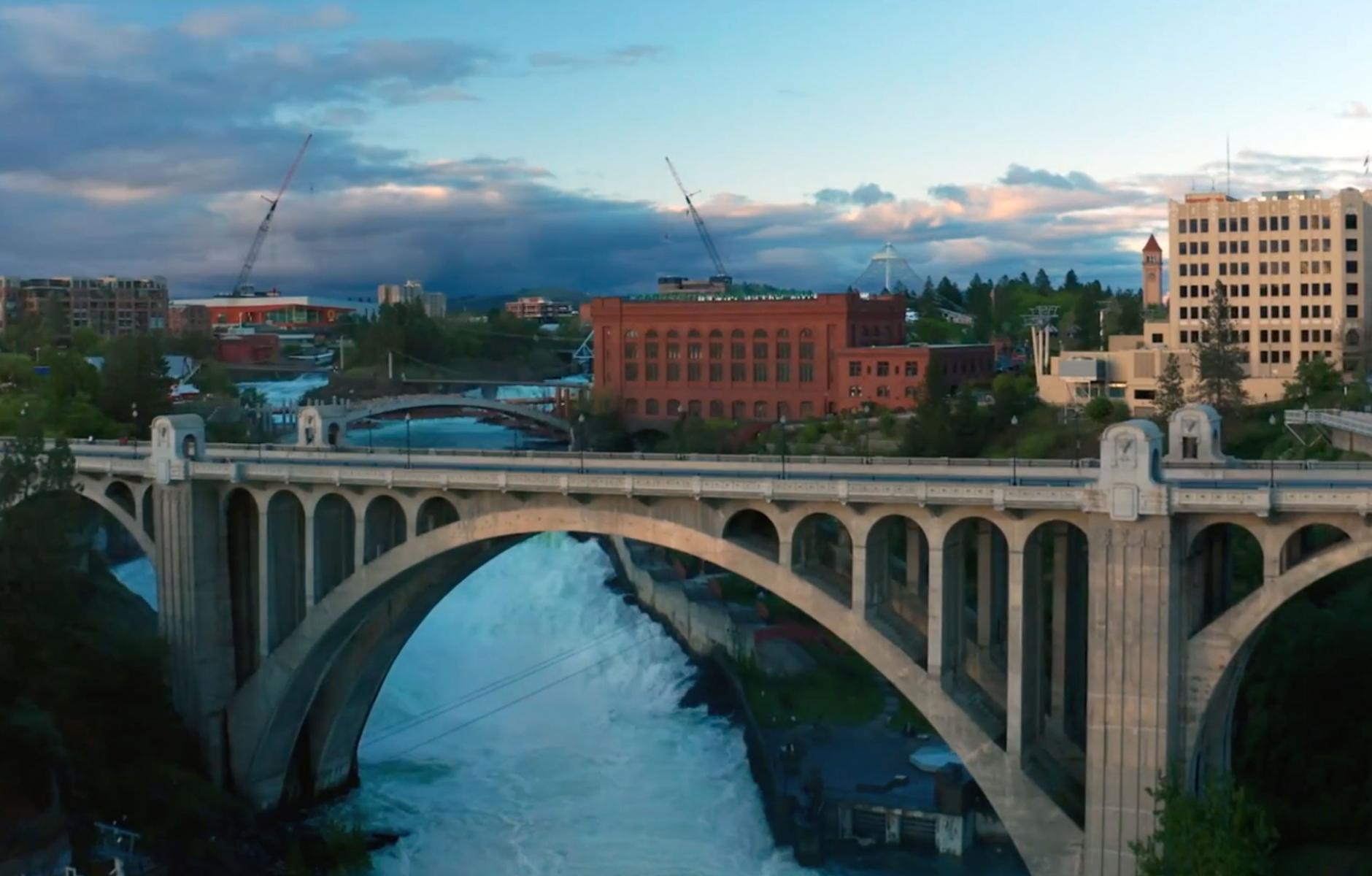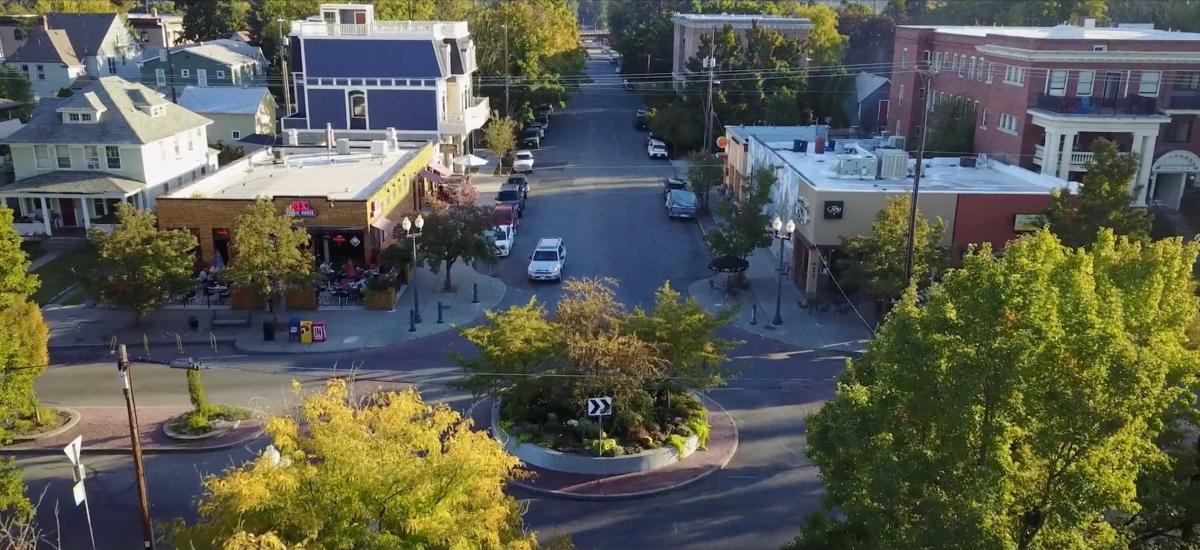
History informs a response to the housing crisis
Like many cities across the US, Spokane is struggling with a lack of housing affordability. Housing costs have sharply risen in the last decade, as the city has rapidly grown. People are moving from other parts of the country to enjoy Spokane’s rich history connected to a beautiful natural environment on the eastern edge of Washington State.
A short film by First+Main Films, River City Rising, tells Spokane’s innovative response to its “housing emergency,” using ideas informed by New Urbanism and good city planning. Spokane has become a laboratory of creative housing policies.
Spokane has a history of resilient and inventive urbanism, so its current approach is nothing new. It was incorporated in 1881 at the magnificent Spokane Falls on the Spokane River. “The Spokane River was the cornerstone of the economic, social, and spiritual life of our city,” says Jerry White Jr. executive director of Spokane Riverkeeper. The city grew fast but was wiped out by a Great Fire in 1889, which completely leveled downtown.
Amazingly, the city launched the first electric streetcar line four months later, according to the video, and that technology strongly influenced Spokane’s urban form. The city was substantially built from 1890 to 2010 when the streetcar was the dominant means of city transportation. “That left us with this legacy of fantastic urban neighborhoods,” explains Karl Otterstrom, chief planning and development officer with the Spokane Transit Authority. The city of neighborhoods, with main street districts, shapes the character of social life to this day. “There’s a sense of family, and ownership (among residents), that they never want to leave,” says Betsy Wilkerson, city council member. “It’s a great city.”
When cities across the US declined in the 1960s and 1970s, Spokane lost some population, but was bold enough to host a world’s fair in 1974. The fairgrounds became a 100-acre park on the river.
Spokane gained 20,000 in population from 2010 to 2020, fueling the rise in housing prices. The city declared a “housing emergency” two years ago, and has been working double-time to address this issue. “Supply is a problem, but building the way we have over the last 50 years (with sprawl) brings its own problems,” says Spencer Gardner, city planning director. Examining the city’s history has helped.

Spokane accommodated tremendous rapid growth by “incorporating a wide variety of housing types, a wide variety of housing levels, for a a wide variety of housing and family situations,” Gardner explains.
The city, therefore, changed zoning to enable missing middle housing in walkable neighborhoods. It is legalizing accessory dwelling units and exempting many buildings from off-street parking requirements. It is also setting up a catalog of pre-approved housing plans. The city is already seeing results in construction of these housing types.




